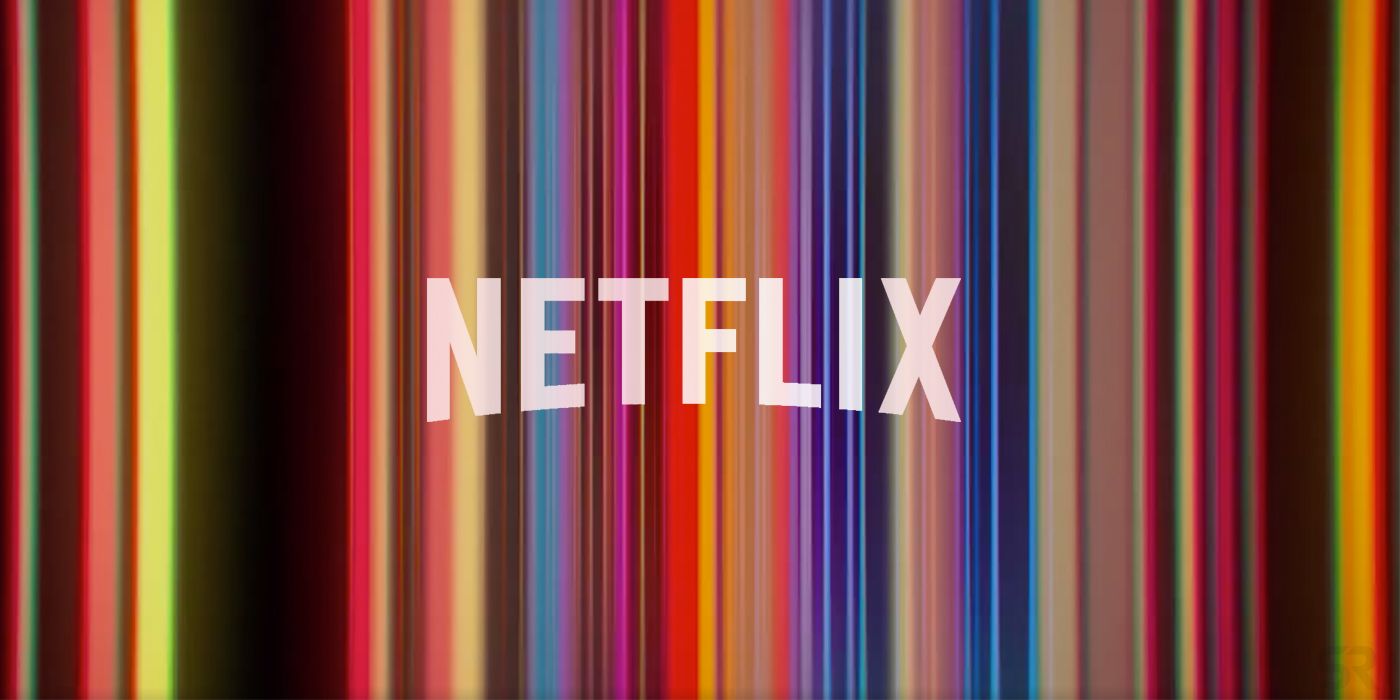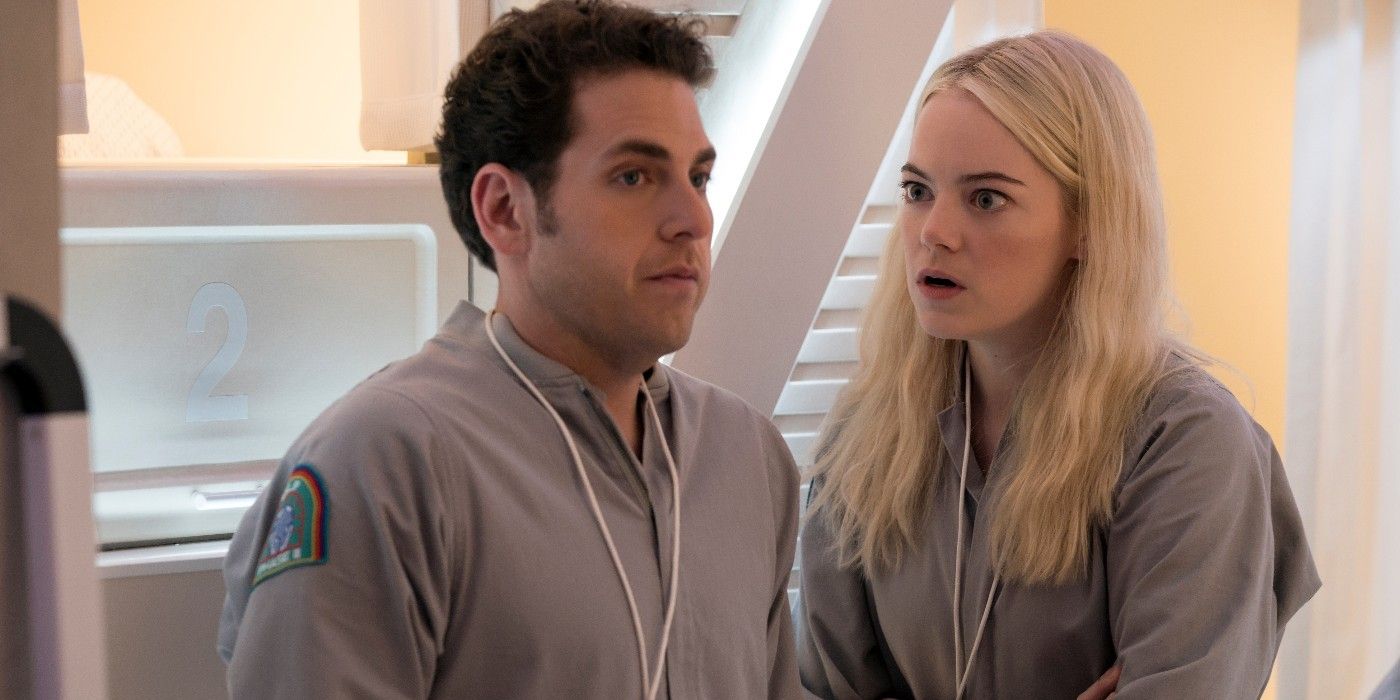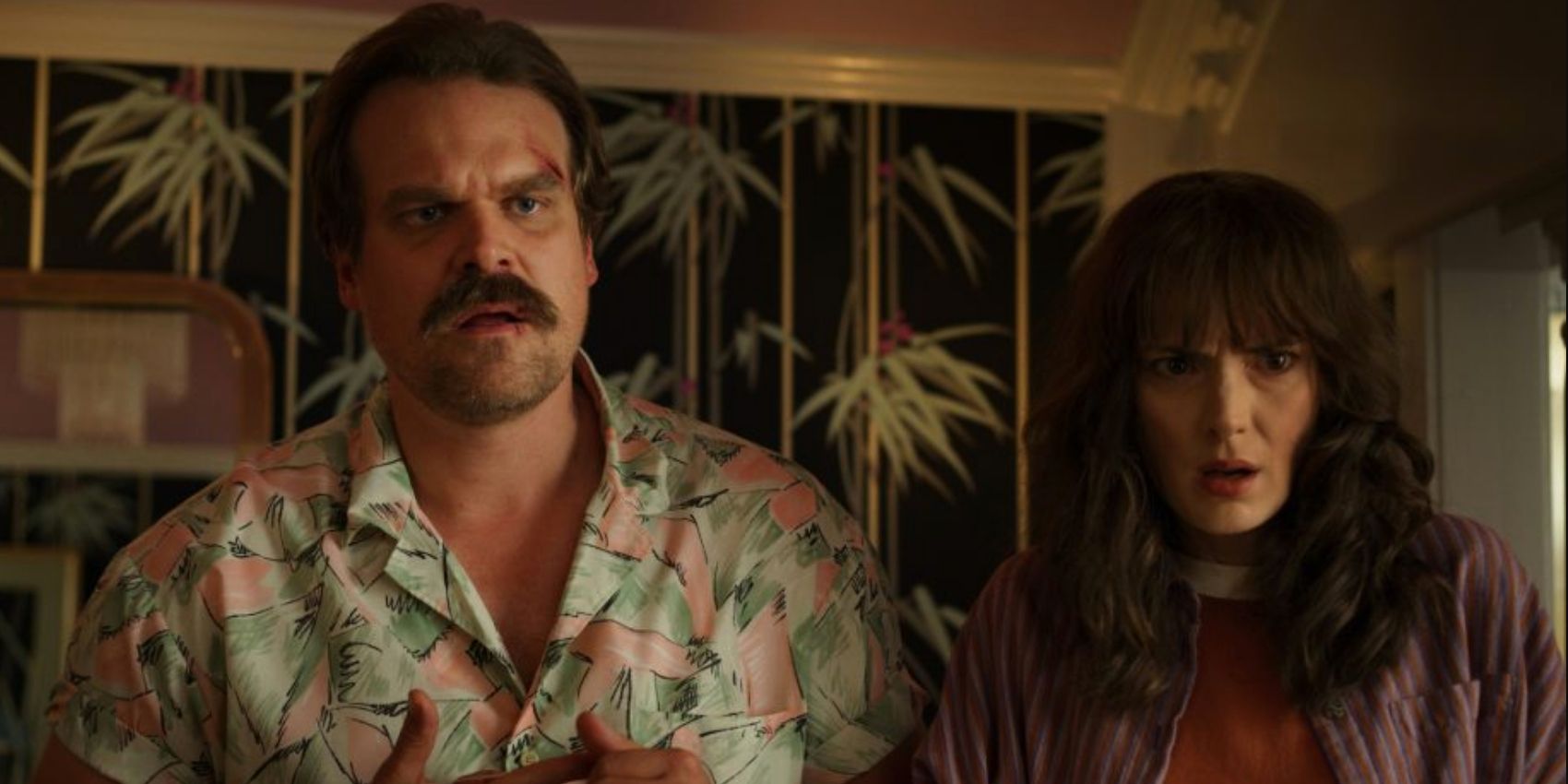Netflix lost subscribers during its second quarter of 2019, and it's down to a few big reasons including pricing hikes and the quality of the content on offer. Netflix remains a dominant force in the world of streaming services but this loss of subscribers — 130,000, to be precise — for the first time in eight years is a notable loss.
As the streaming service market prepares for a boom with competitors like Apple TV+, HBO Max, and Disney+ about to launch, Netflix must figure out a way to hold on to its subscriber base if it wants to remain top dog. Factors like pricing, the amount of content offered, and the quality of said content will need to be zoned in on to avoid future mass subscriber departures like the one that happened during Netflix's second quarter.
Netflix has plenty to assess when it comes to figuring out how to keep the subscribers they have while bringing in new subscribers. And the first port of call is figuring out why they've had the drop. Here are the real reasons Netflix has been losing subscribers.
Netflix's Price Hikes Are Making It Harder To Justify
Netflix hiked up its prices in January 2019, which is seen as a contributing factor to the loss of subscribers. The price of the Netflix Standard streaming plan jumped from $10.99 to $12.99, whicle the basic one-screen plan rose just a dollar, going from $7.99 to $8.99 and the four-screen service plan went from $13.99 to $15.99. Netflix also upped prices for service plans in the UK, Spain, Ireland, Germany, and France.
The amount of each price hikes may not seem significant but it does add up. Netflix is still not as pricey as some other streaming services (Sling TV, for example, is $25 for a basic plan) but because it is the leader in its field, it can't afford a misstep like affordability. While it's unclear what amount of the 130,000 subscribers left specifically over the pricing hikes in the second quarter, the timing of the hikes and the mass exodus lines up to imply the former led to the latter. It's also possible that, in the context of the other reasons, price was a deciding factor.
Netflix's Cancelation Spree Has Revealed Their True Motives
Another major factor in the loss of subscribers is Netflix's decisions on which original shows they cancel. As Netflix leans more and more into original programming, the sheer amount of new shows can be overwhelming. This has led Netflix to adopt what some might perceive to be a freewheeling attitude in canceling shows in order to make way for new ones in hopes the newer content will strike a chord with viewers. Popular shows like One Day at a Time and Santa Clarita Diet have fallen prey to Netflix's cancelation decisions. These shows have sizeable followings, so it's possible their cancelations have led to subscriber losses.
But worse is how it represents what the streaming giant prioritizes. Netflix has every right to cancel shows, but what's notable here is that cancelations have come quickly with no reasons given as to why. This leaves viewers confused about Netflix's modus operandi, foments distrust in Netflix's decision-making skills, and ultimately leads to subscribers leaving the service. Why invest time in a show when it could be gone before its time?
Netflix Needs Better Shows All The Time
Stranger Things acts as an interesting case study for Netflix's subscriber loss. While season 3 released in the third quarter, it seemed to show a spike in sign-ups from fans wanting to stream the new episodes, who then intended to cancel the subscription when finished. This suggests that Netflix users are no longer viewing the service as a default for content, and are coming back only for specific shows. And as they pivot into more original programming, that highlights a bigger problem.
Netflix has a lot of content of mixed quality, which can feel overwhelming and unexciting at the same time. Their attempt to saturate all genres with its own programming is admirable, but it's happening at the risk of alienating users and having them lose faith in Netflix producing solid, watchable content all year long.
Going forward, the number of original shows should be whittled down to a more selective amount so the focus can be given to honing the quality of the shows being produced. To put it plainly, Netflix might stand a chance of increased subscriber retention if it stops allowing cyclical periods of quality content to be released only to be followed by dud after dud after dud.




